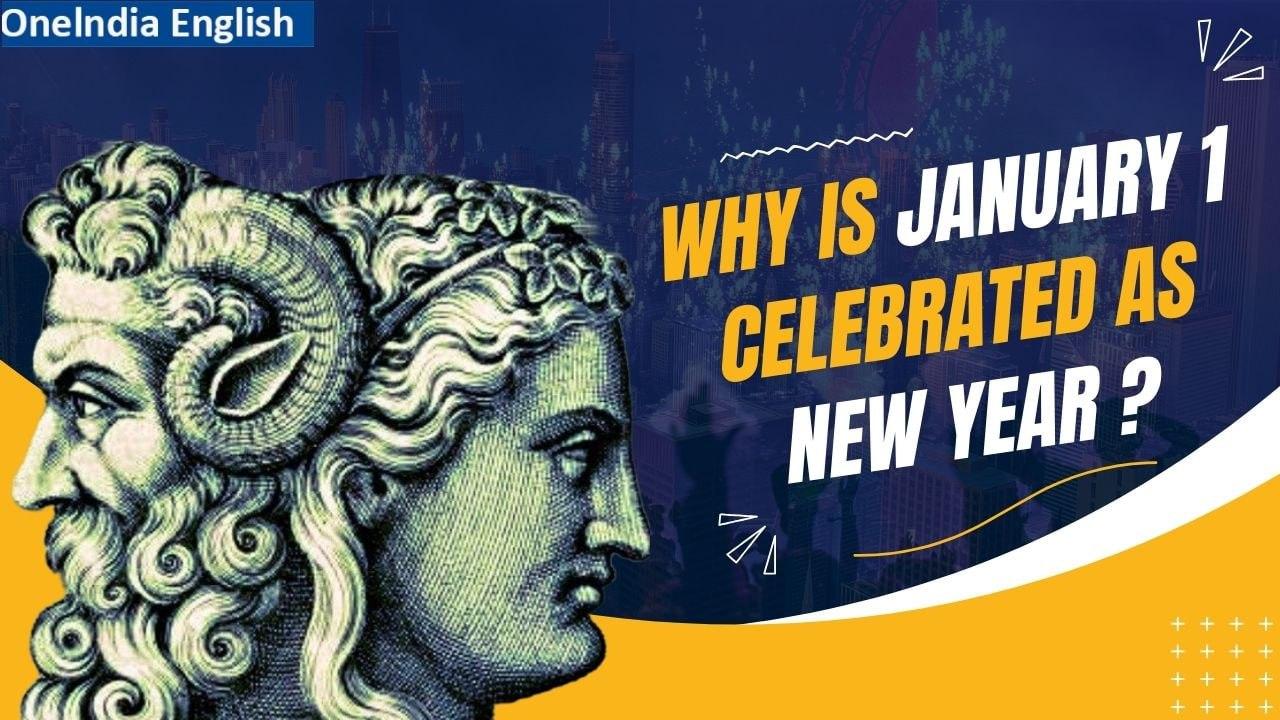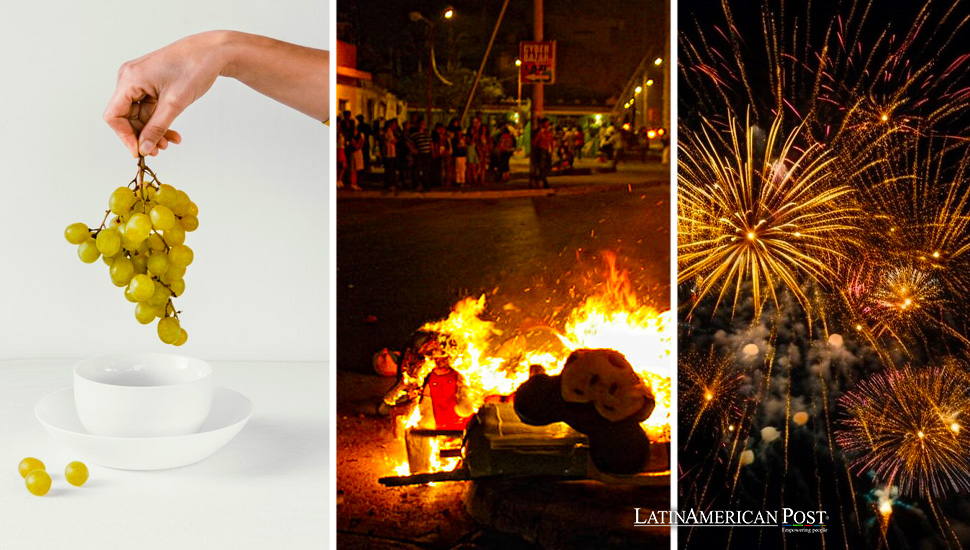A Global Tapestry of Traditions: Exploring the Significance of New Year Celebrations
Related Articles: A Global Tapestry of Traditions: Exploring the Significance of New Year Celebrations
Introduction
With enthusiasm, let’s navigate through the intriguing topic related to A Global Tapestry of Traditions: Exploring the Significance of New Year Celebrations. Let’s weave interesting information and offer fresh perspectives to the readers.
Table of Content
A Global Tapestry of Traditions: Exploring the Significance of New Year Celebrations

The transition from one year to the next is a universal experience, marked by a sense of anticipation and renewal. While the calendar date may be standardized, the way humanity chooses to celebrate this milestone varies dramatically across cultures and continents. This article delves into the diverse traditions and meanings associated with New Year celebrations, exploring their significance and the enduring appeal that transcends geographical boundaries.
A Tapestry of Rituals:
The act of marking the new year is deeply ingrained in human history, with evidence of ancient civilizations engaging in rituals to appease deities and ensure a prosperous year ahead. From the ancient Babylonians who celebrated the New Year with a twelve-day festival, to the Egyptians who held elaborate ceremonies dedicated to the god Osiris, the desire to usher in a positive future is a recurring theme.
The Western Hemisphere: A Fusion of History and Modernity
The Gregorian calendar, adopted by many Western nations, has played a significant role in shaping New Year traditions. In Europe, the celebration often revolves around family gatherings, feasts, and fireworks. The tradition of making New Year resolutions, a commitment to self-improvement, is a popular practice, reflecting the desire for a fresh start.
In North America, the New Year’s Eve celebrations are often characterized by extravagant parties and the iconic countdown to midnight, often accompanied by the dropping of a symbolic object, such as the ball in Times Square.
Eastern Traditions: Embracing the Cycle of Life
Eastern cultures, with their emphasis on cyclical time, approach the New Year with a unique perspective. In China, the Lunar New Year, often referred to as the Spring Festival, is a time for family reunions, elaborate feasts, and the exchange of red envelopes filled with money. The celebration is marked by vibrant parades, traditional dances, and the symbolic cleaning of homes to rid them of bad luck.
In Japan, the New Year is a time for reflection and renewal, with families visiting shrines to pray for good fortune in the coming year. The custom of ringing temple bells 108 times to symbolize the cleansing of past transgressions is a poignant reminder of the cyclical nature of life.
Beyond Cultural Boundaries: The Universal Appeal of Celebration
Despite the diverse ways in which the New Year is celebrated, certain themes resonate across cultures. The desire for renewal, a fresh start, and the hope for a prosperous year are common threads. The act of gathering with loved ones, sharing meals, and engaging in joyous activities provides a sense of community and strengthens bonds.
The Importance of Celebration:
New Year celebrations are more than just festive occasions; they serve a crucial social and psychological function. They provide an opportunity for individuals to reflect on the past year, acknowledge their achievements, and set intentions for the future. The act of celebration, whether it involves feasting, dancing, or simply spending time with loved ones, releases endorphins and fosters a sense of well-being.
FAQs about New Year Celebrations:
Q: What are some common New Year traditions across cultures?
A: Many cultures share traditions like:
- Family gatherings: Sharing meals and spending time with loved ones.
- Feasting: Enjoying special foods and delicacies.
- Fireworks: Marking the transition with a visual spectacle.
- Making resolutions: Setting goals for self-improvement.
Q: Why is it important to celebrate the New Year?
A: New Year celebrations:
- Offer a sense of renewal: A fresh start and a chance to embrace new possibilities.
- Promote social cohesion: Bringing communities together and strengthening bonds.
- Boost psychological well-being: Fostering a sense of optimism and joy.
Q: What are some tips for celebrating the New Year in a meaningful way?
A:
- Reflect on the past year: Acknowledge both achievements and challenges.
- Set realistic goals for the future: Focus on personal growth and self-improvement.
- Connect with loved ones: Spend quality time with family and friends.
- Engage in activities you enjoy: Participate in traditions that bring you joy.
- Embrace the spirit of renewal: Approach the new year with optimism and hope.
Conclusion:
The act of celebrating the New Year is a testament to the enduring human desire for hope and renewal. From the ancient rituals of our ancestors to the modern-day festivities that bring people together, the celebration of this milestone serves as a reminder of our shared humanity and the cyclical nature of life. As we bid farewell to the old and embrace the new, may we carry with us the spirit of optimism, the strength of community, and the unwavering belief in the potential for a brighter future.








Closure
Thus, we hope this article has provided valuable insights into A Global Tapestry of Traditions: Exploring the Significance of New Year Celebrations. We thank you for taking the time to read this article. See you in our next article!